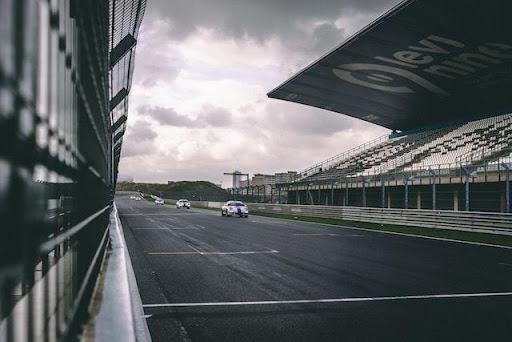The exhaust system of motorcycles is a crucial part that needs to be taken care of. It can make your bike run much more efficiently and powerfully, but it also causes damage in some cases. The consequences of not taking care of it correctly could include a decrease in efficiency, reduced fuel economy, and a quieter experience for the rider. In this post, we will outline what you need to know about Australian regulations on motorcycle exhausts and how they/differ from other countries. There are different Motorcycle Exhaust Regulation in Australia.
Regulation in Australia
There are two different methods used by authorities worldwide to regulate exhaust systems on motorcycles: national and international.
Motorcycles used for competition or sports should be modeled after racing bikes so that they aren’t restricted by noise or engine tuning restrictions or added taxes during registration. On general use bikes where there are no racing ambitions, it should instead follow national laws to avoid any unnecessary headaches regarding legal ramifications when riding around Australia.
In the national approach, authorities will work with individual manufacturers regarding exhaust systems to create specific packages that meet strict guidelines set out by governing bodies (such as Australian Road Rules) in an attempt at uniformity among manufacturers while maintaining safety standards still maintained through checks such as testing emissions sites that check these types of exhausts at periodic intervals during their cycles of use.
Changes in Regulation Recently
- Emissions standards for new motorcycles. New model motorbikes will be regulated for emissions to reduce carbon dioxide emissions by 75 percent by 2030 and nitrogen oxide emissions by 90 percent by 2040.
- Noise from modified engines on modified motorbikes (motorcycles with mufflers removed). Modifications such as adding an extra cylinder or increasing power ratings are considered modifications because they alter the original design with no intention of compliance with Australian regulations; these modifications result in a different sound that may not meet noise requirements if applied on commercial vehicles such as trucks or buses because these vehicles have been designed around specific noise levels instead.
Engine Noise on Modified Motorbikes
A modified motorcycle is any vehicle with its engine, gearbox, and suspension modified to increase performance. The maximum noise level allowed for a modified motorcycle is 65dB(A), which means the engine must not be louder than this when the bike is running at full throttle in neutral or all gears. If you exceed this limit, you could face a fine of up to AUD 2,000.
Noise standards have been increased to 110 dbA
The new noise standards result from an increase in the number of motorcycles on Australian roads, as well as an increase in the popularity of loud exhausts. In addition to being less noisy, they also produce less carbon dioxide emissions and reduce pollution.
The new standards mean that no motorcycle can be fitted with an exhaust system that produces more than 110 decibels (dB) at any time while riding on public roads or highways unless it has been certified by an approved testing laboratory. This is an increase from 90 dB introduced in January 2018 following requests from manufacturers and riders alike for greater protection against excessive noise levels from their bikes.
Conclusion
It’s time to start the New Year off right and clean the air if you happen to be riding a motorcycle. Several things are involved in this process that may not seem essential. The whole exhaust system has been found to play a major role in air quality in our cities and towns.







